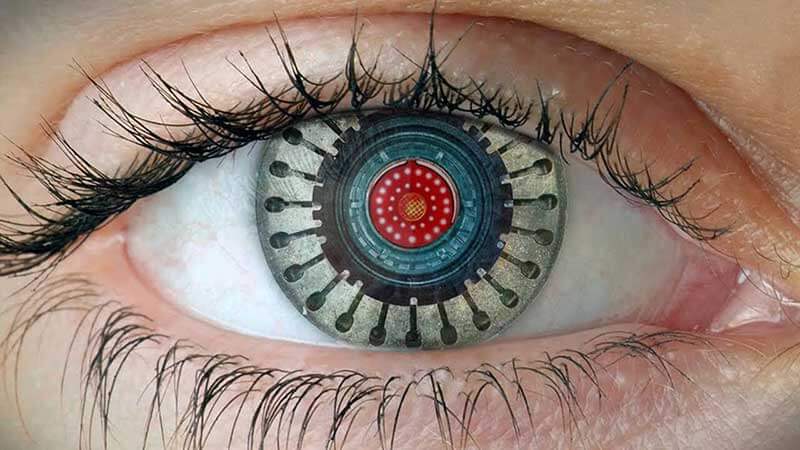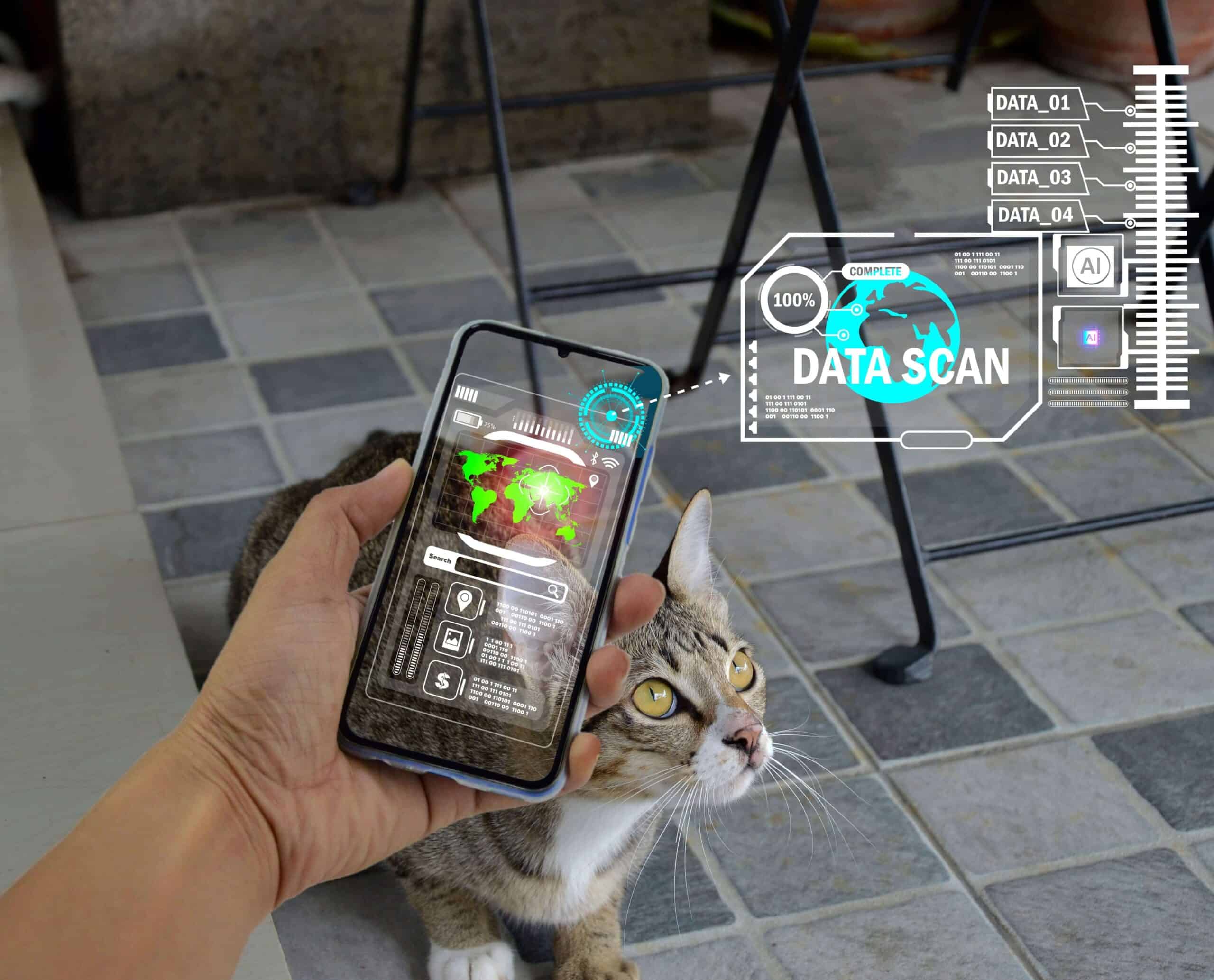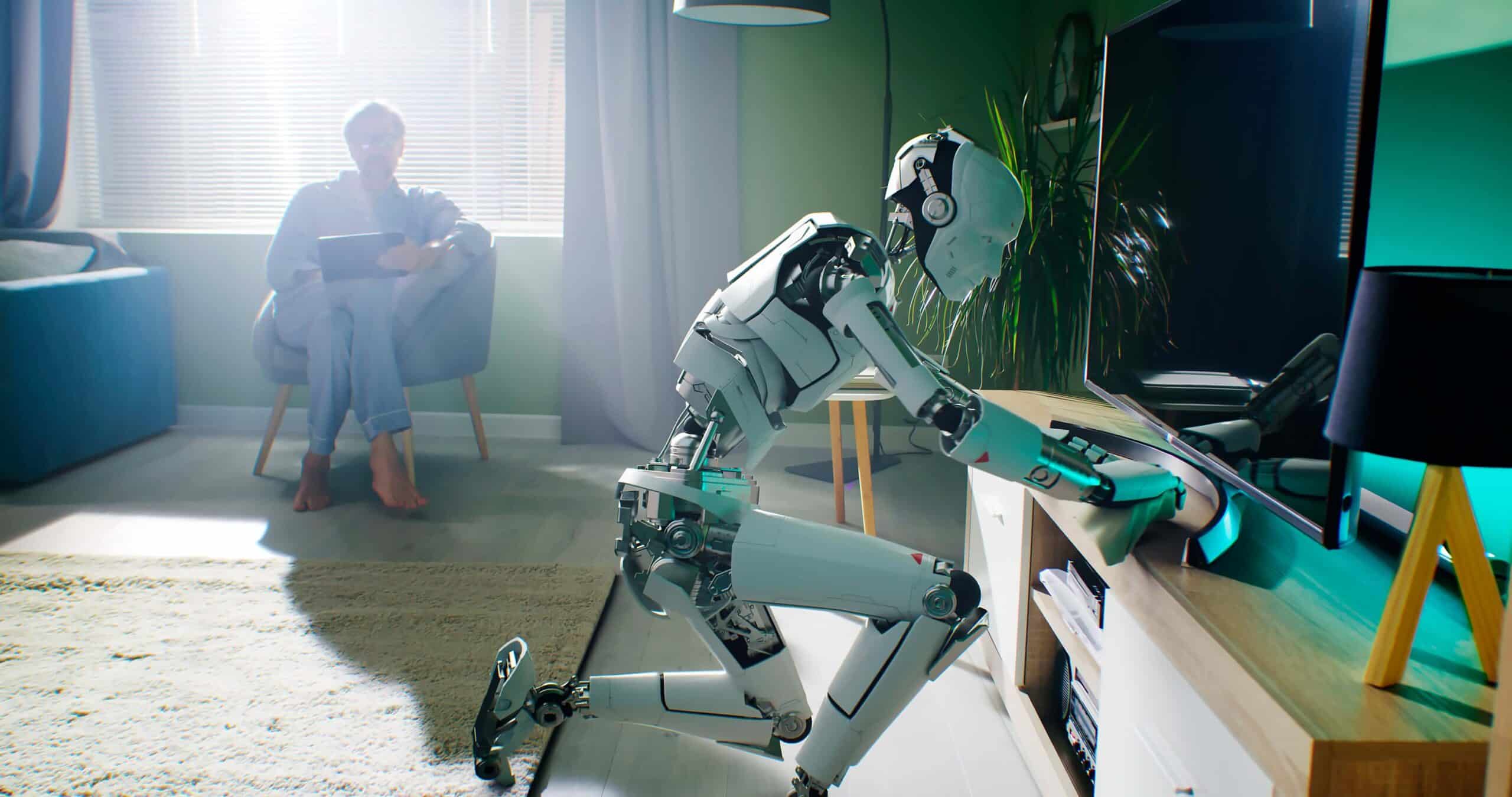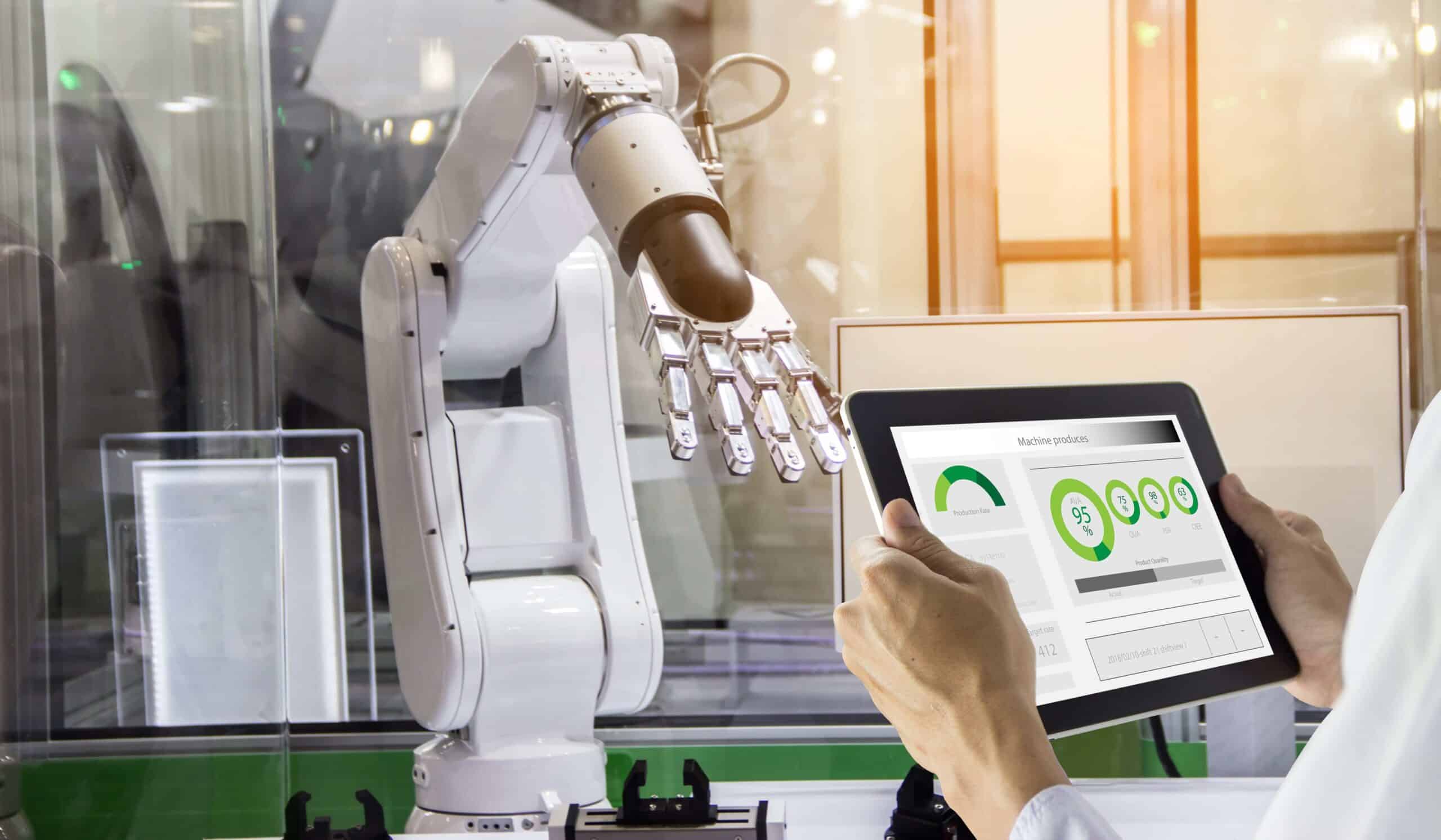- The Argus II – electrodes in your eye and a camera on your spectacles
- Wafer thin chips powered by minuscule batteries – introducing the Alpha IMS
- Ocumetrics Bionic Lens promises more than perfect vision for the rest of your life
- Superhuman vision will soon become reality
There are almost 40 million blind people in the world, and another 124 million people suffer from eye conditions that cause visual disabilities. Many researchers and bionic eye scientists are developing solutions to restore eyesight. While bionic eye technology is still in its infancy, there are various prototypes already being tested; from eye implants that work inside the eye to those that work from inside the brain. In the future, bionic eyes will do more than ‘just’ restore sight. These tiny pieces of technology will actually be able to provide superhuman capabilities. Some will enable night-time vision via infrared and even boast video recording features. The possibilities will be near endless, with even augmented reality integration on the cards; enabling users to receive detailed information about what they see. In this article, we will discuss some of the current developments and what will soon become possible.
The Argus II – electrodes in your eye and a camera on your spectacles
Retinal implants are the only FDA approved ‘bionic eyes’ currently available commercially. This retinal prosthesis system called the Argus II, was developed by Second Sight in California. In people suffering from visual impairment due to macular degeneration or retinitis pigmentosa, the Argus II is able to restore some level of vision. A two-part system, the Argus II consists of an array of minuscule electrode implants on the retina in the back of the eye, and a small camera, mounted on spectacles. The images the camera captures are converted into electrical pulse patterns and wirelessly sent to the implant. The electrodes then stimulate the retina to transmit this information to the optic nerve, in order for the brain to process it. The Argus II retinal prosthesis system gives the user the ability to discern movement, the outline of shapes and some light, but because the implant only has 60 electrodes, it is not able to fully restore sight in the visually impaired. In order to see properly, the implant would require close to a million electrodes. The Argus II system does enable users to function to a certain extent; they are able to cross the street independently and they can even read large-print text. The next generation bionic eyes are likely to boast increased numbers of electrode arrays that are capable of producing more functional vision, including some degree of colour, and researchers are testing devices which bypass the retina altogether and instead stimulate the brain directly.

Wafer thin chips powered by minuscule batteries – introducing the Alpha IMS
Another bionic eye system is the Alpha IMS device, made by Retina AG. It is a wafer-thin electronic chip which is powered by a tiny battery behind the ear. Unlike the Argus II system, the Alpha IMS doesn’t require external cameras or video processing units. What’s more, the electronic chip actually does restore the user’s vision significantly through 1,500 electrodes – more than any other device – beneath the retina. The chip is connected to a thin cable through which the electricity of the chip is supplied. Via the orbital cavity, this cable passes through the bone of the temple to reach behind the ear where it is connected to a battery. Oxford University scientist recently installed the bionic eye system in Rhian Lewis, a woman living in the UK who suffered from retinitis pigmentosa, a rare incurable disease that destroys the eye’s photoreceptor cells. Lewis was completely blind in her right eye but after the implantation of the Alpha IMS, she regained some vision. The sub-retinal implants have been rigorously tested in 36 patients for over seven years and the system has recently received CE marking; a European regulatory certification which validates the safety and benefits of the implant.
The Ocumetrics Bionic Lens promises more than perfect vision for the rest of your life
Wearing corrective eye glasses or contact lenses could soon be a thing of the past. With the Ocumetics Bionic Lens, invented by Dr. Garth Webb of Ocumetrics Technology Corp, people with impaired vision could soon have superhuman vision. The bionic lens, which looks like a tiny button and adheres to the eye’s natural lens, is the product of $3 million in funding and eight years of research. The Ocumetrics lens is initially being developed to replace the natural lens damaged by cataracts. The painless procedure is similar to cataract surgery where your natural lens is replaced with an artificial lens. It can be done in eight minutes and involves the folded lens being inserted into the eye with a syringe. It opens up after ten seconds, after which it moves over the eye’s own lens. Vision is immediately corrected and even improved. In fact, the procedure provides patients with beyond 20/20 vision – up to three times better. Patients with the Ocumetrics lens would be protected from cataracts because it strengthens the natural lens of the eye. What’s more, the bionic lens won’t deteriorate with time, so the quality of vision will always remain more than perfect. The procedure is a lot safer than laser surgery, which could result in complications such as glare and problems with driving at night. Webb hopes his patent will be available in 2017. First, the Ocumetrics lens will be tested on animals, after which trials will start on blind human eyes. Since our eye structures are not fully formed until our twenties, the bionic lens will only be available to people over 25.
Superhuman vision will soon become reality
Although bionic eye implants have yet to become mainstream, they will soon not only restore sight, but actually exceed 20/20 human vision – thanks to incredible advances in neuroscience and sensor technology. The first generation bionic eyes were introduced in the 2010s, providing crude, pixelated vision with cameras mounted on eye glasses, similar to the Argus II system. The latest generation bionic eyes are of much higher resolution and will no longer require externally mounted cameras – these will have been miniaturised so that they can be incorporated within the eye itself. In the next few years, it will be possible to send gigapixels of resolution to the optic nerve and into the brain’s visual centres, creating superhuman vision. The cost of these bionic eyes will also drop substantially – from tens of thousands of dollars initially, they will soon be available for around $100.








